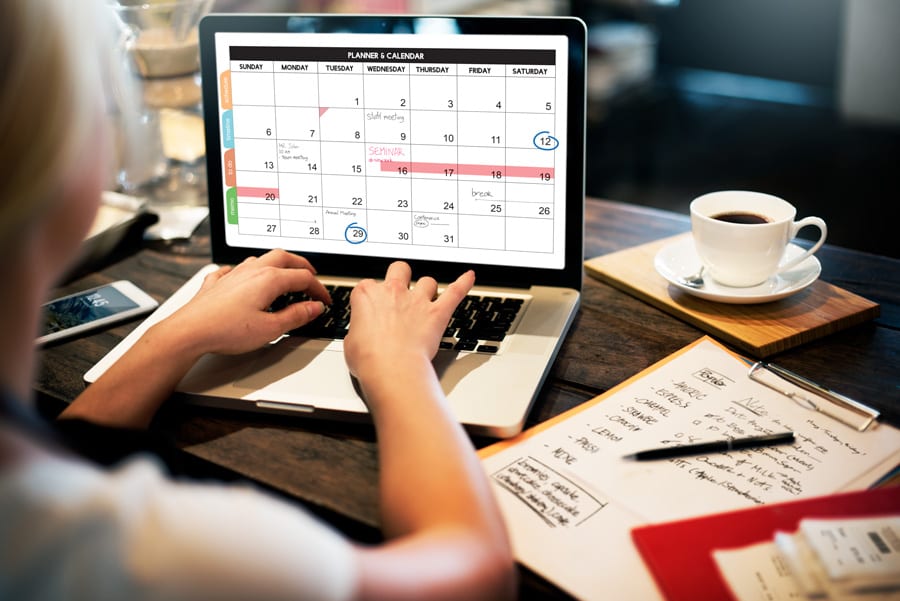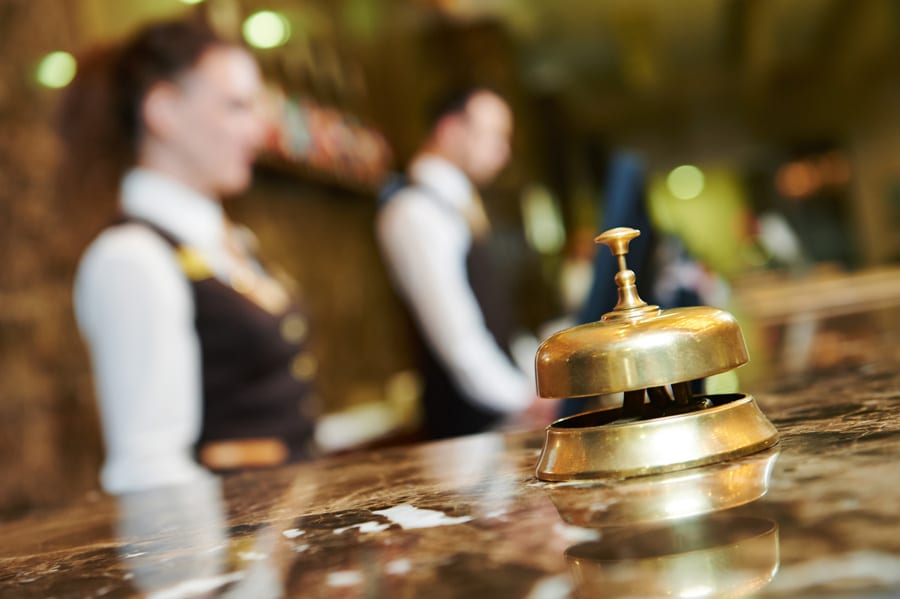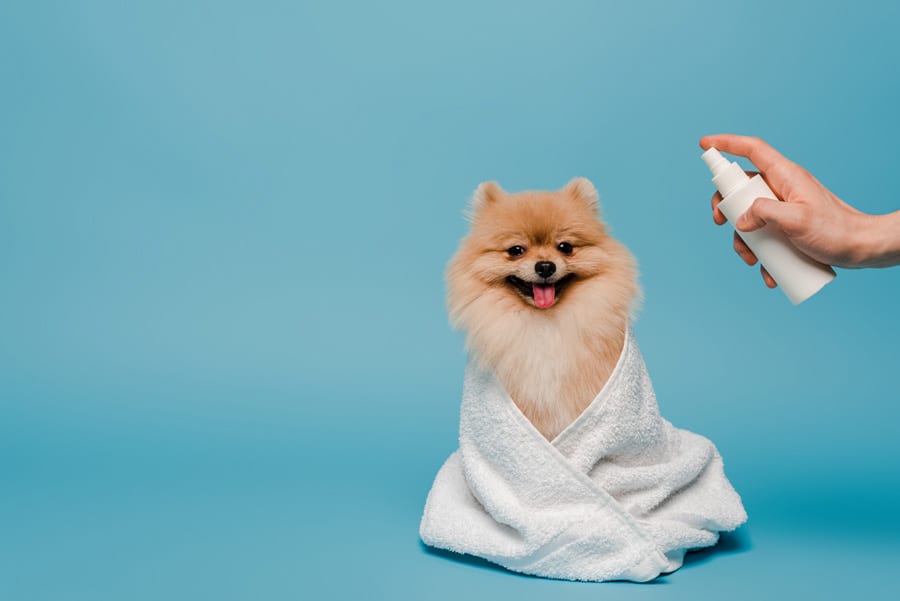Beat it with bookings
approx 6 minute read
Who would’ve thought booking systems would be part of the battle plan?
First time? You’re not alone. This is our first pandemic too. In fact, trailblazing businesses from Dallas to Detroit are embarking on a journey into unchartered waters.
Navigating these seas is a challenge on multiple fronts as we all look to operate as safely as possible.
Your mission as business owners and marketeers,
(if you choose to accept it), is two-fold
- Protect colleagues and customers from the risk of infection
- Reassure visitors that everything is good, and encourage sales
Sound doable?
Social distancing measures are being employed in spades to help stop the spread, but it turns out we’ve another weapon in our arsenal that was rather unexpected.
Pioneering businesses get organized
It’s a smart idea to use technology to get a handle on
- who is visiting your business
- where and when they arrive and leave
- how many people are visiting
This helps manage socially distant capacity by limiting the number of people on the premises at one time, staggering collections, and reducing queues. But it’s also a responsible thing to do, as if someone later develops symptoms, you can let them know. They can choose to self isolate if necessary. And you have helped to keep your customers and colleagues safe and informed.
What customer data might be useful?
Do you have the time?
Obviously the date and time of the visit are important. An added bonus is the departure time. This is easier if booking specific ’slots’. Max table time in a restaurant, dress fittings, go-kart racing. Perhaps tougher in a bar situation though.
A man needs a name.
This can be the name of the lead booker if there’s a group of people.
However, knowing the number of people in the group is helpful.
Can I can I get your number tonight, oh huh?
A contact number helps a lot. In case you need to inform your customers about any new information. Prevents having to use sniffer dogs to track them down. Again, the phone number of the lead booker will do.
Are we exclusive now?
In a situation where contact is with only one member of staff (one stylist, for example), it’s useful to make a note of this. This becomes easier with booking systems that include the name of the person like a salon typically would.
What businesses are in a position to help?
Typically, sectors where there may be larger groups of people or close contact situations. For example
- Hospitality, such as pubs, bars, restaurants and cafes
- Leisure and tourism, such as fitness studios and hotels
- Close-contact services, such as salons or barbers
- And even places of worship.
Many of the businesses that operate in these areas may already have some form of booking system in place. And so the transition for those might be just to steer everyone towards an ‘advance bookings only’ access ramp. “Sorry, no walk-ins” kinda thing.
But if not, well, employing a system like this could really help fight the virus and keep everyone as safe and well-informed as possible.
OK, let’s fight the virus then
Yeah, so, what about the rest of us? What happens if we don’t have snazzy booking systems or a ritzy reservation repertoire? Fear not, friend. The solution doesn’t have to be bafflewhelming. A number of simple and elegant ideas could be just the ticket.
Bookings
Bright businesses have been benefitting from bookings for a while now to help manage their workflow and also encourage conversions online. Even making bookings for free consultations and appointments goes a long way to help move prospects onto the next step.
Booking a room, space, table, slot or appointment? Or just limiting the number of people on the premises at any one time? Your booking system can be a nimble thing. But first, just ask yourself this.
“Do you want it to make a booking? Or request a booking?”
Make a booking
Solutions where the system makes the booking, rely on having pre configured availability plumbed in. In simple terms, you need to tell the system what slots are available to be booked. That way, the system can go ahead and offer those slots to web users.
You can get a booking system that works independently of your website (and your website can them just ‘talk’ to it). Or you can simply get a system that sits right there on your website. If people book in person or over the phone that’s no problem, a good solution will let you easily update and manage this in the back end.
You have full control over the availability and can also decide whether to take full payment, part payment or no payment.
Request a booking
‘Request a booking’ works a little differently. It’s slightly simpler to set up. There is often still a calendar with time slots and all the availability options you’d expect. However, when the user books online, a notification is sent to the business. The business can then check availability and reply by email, message or phone, to confirm the meeting, or maybe suggest another time.
So perhaps this offers more flexibility for the business. An ability to be agile. But the flip side of that coin is that it’s more of an administrative burden of course. No doubt you have enough on your plate, so maybe harness some clever tech to do the heavy lifting.
Whatever solution you prefer, for the benefit of test and trace (and your future marketing self), you can ask whatever details you need during checkout. Don’t go overboard though. Less is more with forms. Get more advice on how to create user-friendly forms.
Speaking of forms, this brings us onto another neat suggestion…
Registration forms
Some venues have started reusing old-fashioned guestbooks to take details. (Hand sanitizer at the ready and brace yourself for a few drunken attendances from ‘Mickey Mouse’ or similar off-the-cuff avatar.) But there is all manner of practical issues with this ancient solution.
Most businesses will be aiming higher. A digital ‘guest book’ could take the shape of a simple form on a web page that guests use to ‘sign in’.
Visitors could load it on their phone, complete the details, and Bob’s your uncle who you met for coffee. Use a simple url, or you could even have a QR code that dropped them straight on the page. Nicely done.
Can we go ahead and add this data to our email lists?
So now we’ve got loads more customer data, we can use it for marketing, right?
Erm, no. No, you can’t.
At least, not unless they’ve been made aware that this is the case. If you’re collecting data, there’s no harm in including an email field and adding an opt-in. You just need a tick box, with a little statement asking whether they’d like to be kept up to date with (exciting news, special offers, exclusive announcements – delete as appropriate). And who could resist, right? And as long as you give people the opportunity to unsubscribe, we’re all good.
Do it all above board, and it could lead to opportunity. But don’t expect big data here.
What if they say no, tho?
Your business might reasonably need to collect some data in order to do its thing.
However, customers do have the right to opt-out of giving their information for any other purpose. The key is to be transparent and give customers control over their data and how you use it.
What about all the other social distancing measures?
Signs, screens, and hand sanitizer all play their part in the prevention of and protection against the spread of the virus. They can also help welcome and reassure your colleagues and customers.
Check out our free guide to the new normal or get a call back from your local design studio.













